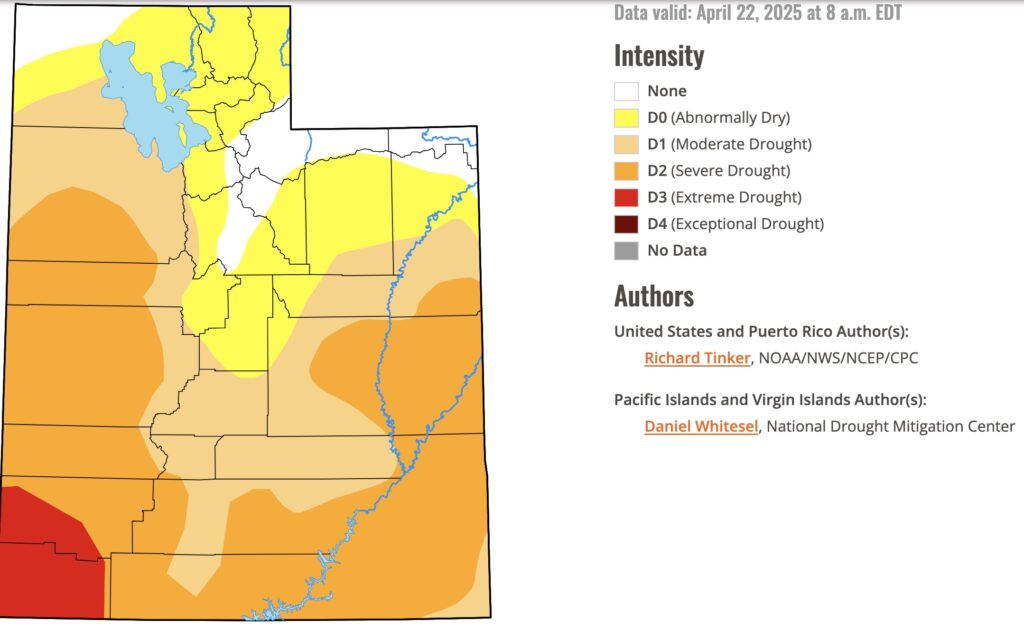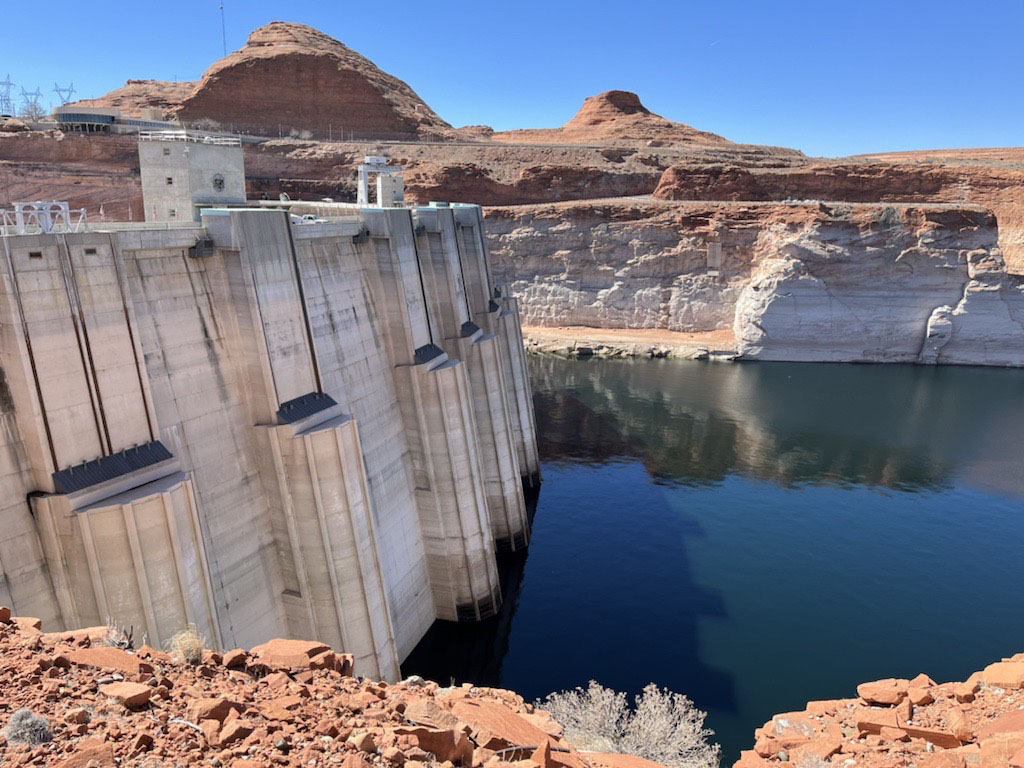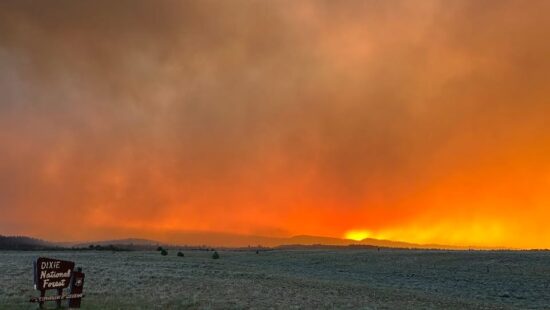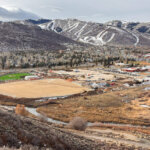Politics
Gov. Cox declares drought emergency in 17 counties
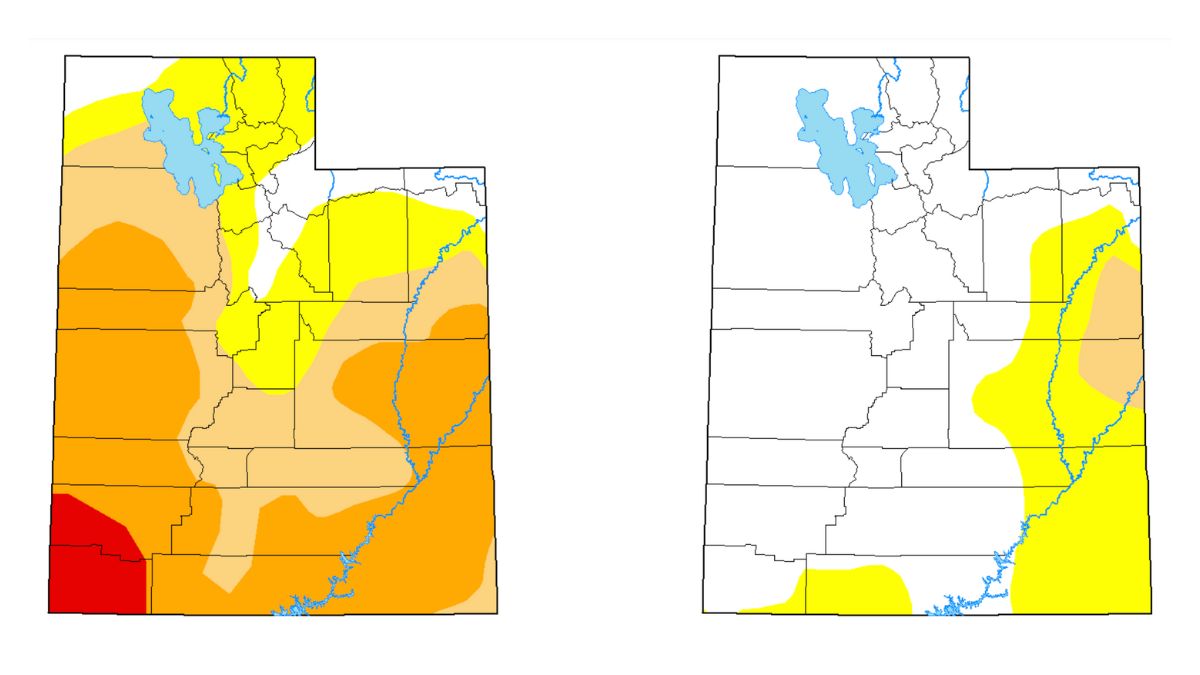
Current drought conditions (left) compared to April 23, 2024 (right). Photo: U.S. Drought Monitor.
SALT LAKE CITY – With snowpack levels lagging in key regions and temperatures trending warmer than average, Utah Gov. Spencer J. Cox issued an executive order Thursday declaring a state of emergency in 17 counties due to worsening drought conditions.
The declaration follows a recommendation from the state’s Drought Response Committee and aligns with federal disaster classifications. Counties affected include Washington, Iron, San Juan, Kane, Juab, Emery, Grand, Beaver, Garfield, Piute, Millard, Tooele, Uintah, Carbon, Sevier, Sanpete and Wayne.
“We’ve been monitoring drought conditions closely, and unfortunately, our streamflow forecasts are low, particularly in southern Utah,” said Gov. Cox. “I urge all Utahns to be extremely mindful of their water use and find every possible way to conserve. Water conservation is critical for Utah’s future.”
Despite the statewide snowpack peaking at 14.3 inches, right at the historical average, southwestern Utah reached just 44% of normal. Combined with winter temperatures averaging 2 degrees Fahrenheit higher than usual, water supplies remain strained. Reservoir storage is currently at 84% capacity, which offers some buffer, but officials warn that drought patterns are volatile.
“The state partners closely with federal agencies to share critical water supply and drought updates,” said Joel Ferry, executive director for the Utah Department of Natural Resources. “Proactive planning is essential. We ask all Utahns across all sectors to use less water to help stretch the water supply.”
Currently, 42% of Utah is experiencing severe drought, and 4% is in extreme drought. The state’s last drought emergency was declared in April 2022, when 65% of the state faced extreme drought.
Gov. Cox urged residents to follow water-saving practices, such as delaying outdoor watering until sustained temperatures reach the mid-70s, fixing household leaks, running full laundry and dishwasher loads, and shortening showers. More conservation tips and rebate programs can be found at SlowTheFlow.org.
The state’s Drought Response Plan, last updated in 2022, guides water monitoring efforts and coordination among local, state, and federal partners.
